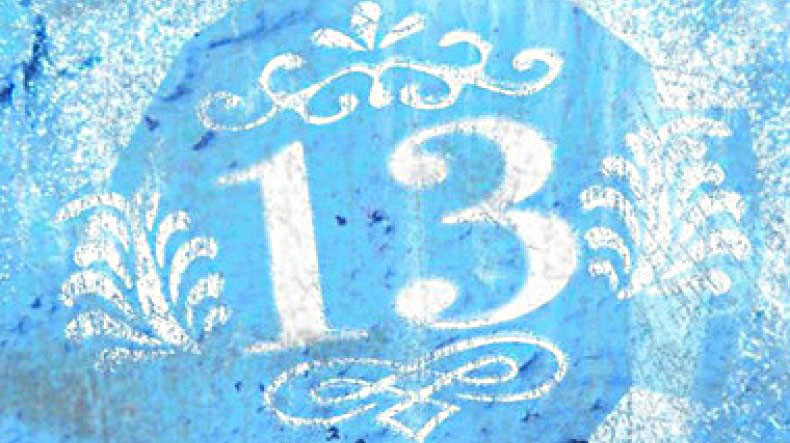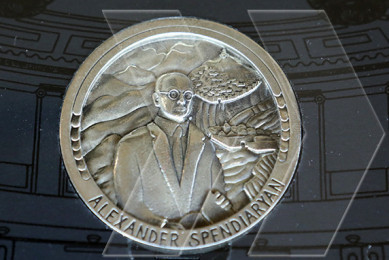
Old New Year celebrated on Jan 14
The Old New Year is traditionally celebrated in many countries around the world on the night of 13 through 14 January by the old Julian calendar, which is 13 days behind the Gregorian calendar in the 20th and the first half of the 21st century.
The Gregorian calendar was first introduced in 1582 by Pope Gregory XIII as a reform of the Julian calendar.
By the Julian reckoning, the solar year comprised 365 1/4 days; the intercalation of a “leap day” every four years was intended to maintain correspondence between the calendar and the seasons, according to Encyclopedia Britannica. A slight inaccuracy in the measurement (the solar year comprising more precisely 365 days, 5 hours, 48 minutes, 45.25 seconds) caused the calendar dates of the seasons to regress almost one day per century.
Although this regression had amounted to 14 days by Pope Gregory’s time, he based his reform on restoration of the vernal equinox, then falling on March 11, to the date (March 21) it had in AD 325, the time of the Council of Nicaea, and not on the date of the equinox at the time of the birth of Christ, when it fell on March 25. The change was effected by advancing the calendar 10 days after Oct. 4, 1582, the day following being reckoned as October 15.
Within a year, the change had been adopted by the Italian states, Portugal, Spain, and the German Catholic states.
From the 16th to the 20th centuries, the difference between the Julian and Gregorian calendars was 13 days. The difference will add up in the mid-21st century making up 14 days.
Newsfeed
Videos






























